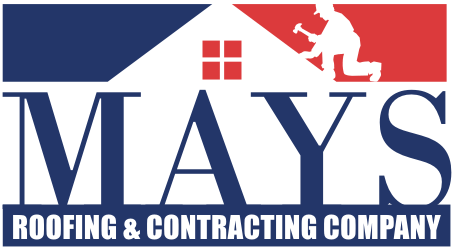How to Save Money with These Simple DIY Roofing Repair Hacks
Roof maintenance is a critical aspect of home ownership. It often seems daunting and costly, but it doesn’t have to be. Armed with the right knowledge and tools, homeowners can perform simple repairs and save substantial amounts of money. Here are some valuable DIY roofing repair hacks that will help you keep your roof in top shape without straining your budget.
Understanding Your Roof
Types of Roofs
Before diving into repairs, it’s essential to know the type of roofing material you have. Common types include:
- Asphalt Shingles: Predominantly used for residential properties, affordable, and relatively easy to repair.
- Metal Roofing: Durable and long-lasting, although repairs can require specialized knowledge.
- Tile Roofing: Offers a distinctive look and durability but can be heavy, requiring careful handling.
- Flat Roofing: Common in commercial buildings, repairs often require different materials and methods.
Signs of Damage
Look for these critical indicators of roof damage:
- Missing or cracked shingles
- Signs of water stains on ceilings or walls
- Debris build-up in gutters
- Leaking during rainy weather
Essential Tools and Materials
Having the right tools can make a significant difference in the efficiency of your repairs. Invest in the following:
- Safety Equipment: Ensure you have gloves, goggles, and a hard hat.
- Ladder: A sturdy, flexible ladder to reach higher points safely.
- Roofing Adhesives: Quality sealants and adhesives suitable for your roofing material.
- Replacement Shingles: Have spare shingles matching your existing ones.
- Caulk Gun: For applying sealants without fuss.
DIY Repair Hacks
Sealing Leaks
Leaks are among the most common roofing problems. Here’s how to seal them:
- Find the source of the leak, typically around flashing, vents, or seams.
- Clean the area around the leak thoroughly.
- Apply roofing cement or a high-quality sealant generously over the leak.
- For larger areas, use a patch with a similar material, sealing the edges as well.
Replacing Missing Shingles
Missing shingles can lead to significant damage if not addressed promptly. Follow these steps to replace them:
- Remove the damaged shingle by carefully prying it up with a crowbar.
- Place a new shingle in the same location, ensuring it fits snugly.
- Secure it in place using roofing nails and a bead of roofing adhesive underneath.
Fixing Cracked Shingles
Cracked shingles can often be repaired without replacement. Here’s how:
- For small cracks, simply apply roofing cement over the crack.
- For larger cracks, cut a piece of shingle (about the size of the crack), apply adhesive, and press it into place.
Cleaning Gutters
Blocked gutters can cause water to back up and damage your roof. Cleaning them regularly is crucial:
- Use a scoop or your hands to remove debris from the gutters.
- Ensure downspouts are clear; use a hose to flush out any blockages.
- Consider installing gutter guards to prevent future build-up.
Re-Pointing Chimney Flashing
Flashing is vital for directing water away from chimneys and roof joints. Here’s how to maintain it:
- Inspect the flashing for cracks or rust.
- Remove deteriorating caulk with a putty knife, then clean the area.
- Reapply new roofing cement and press down securely on the flashing.
Dealing with Moss and Algae
Moss and algae can trap moisture, leading to roof decay. Combat them using these methods:
- Mix one part bleach with three parts water and spray the mixture on affected areas.
- Allow it to sit for 15-20 minutes before rinsing with a garden hose.
- Install zinc or copper strips near your roof’s ridge to prevent future growth.
Additional Preventative Measures
Regular Inspections
Conduct regular inspections to identify potential issues early. Aim to inspect your roof at least twice a year, especially after major storms.
Proper Ventilation
Ensure your attic is well-ventilated. Poor ventilation can lead to heat build-up, damaging shingles and causing leaks.
Trim Overhanging Branches
Tree branches can scratch your roof, and falling debris can lead to damage. Regularly trim nearby trees to prevent this.
Conclusion
Maintaining your roof is a vital part of home care. Not only can regular upkeep extend its lifespan, but it also saves you money in the long run. Using these simple DIY roofing repair hacks, you can tackle minor issues before they turn into costly repairs. Always prioritize safety, and don’t hesitate to call professionals for more significant, complex problems.
By staying proactive and equipped with the right tools and knowledge, homeowners can ensure their roofs remain resilient against the elements while significantly reducing repair costs.





 Mays Contracting
Mays Contracting

